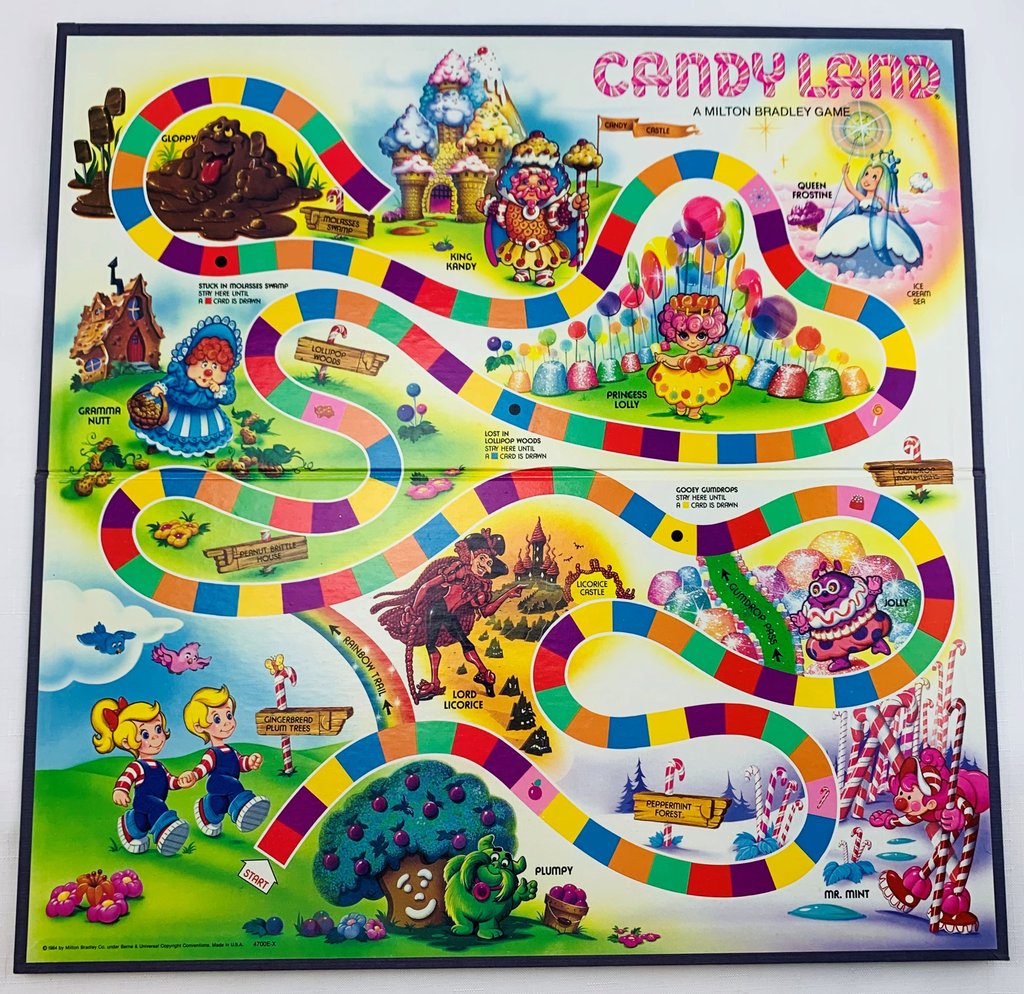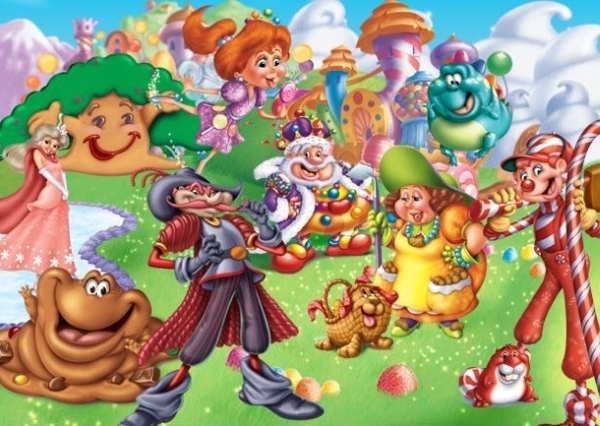

As parents kept their children indoors, distractions like Candy Land became a way to keep them occupied.

Candy Land distinguished itself because, unlike most board games, kids could play it by themselves-an important feature in a country still concerned with the spread of polio. Their other big game acquisition, Clue, had just been released, but it had yet to fully take off. Candy Land helped put Milton Bradley on the map.īefore Candy Land was released, Milton Bradley was still primarily known as a maker of school supplies. The company examined the layout, which Abbott had drawn on butcher paper, and decided to publish it in 1949. The game proved to be so popular that Abbott decided to submit it to Milton Bradley (which was purchased by Hasbro in 1984). The result was Candy Land, a fanciful and easy-to-understand diversion that saw players advancing game pieces through a sweetened landscape based on a color system-so no reading was required.

While convalescing in the polio wing of a San Diego hospital in 1948, a retired schoolteacher named Eleanor Abbott decided to create a board game that could become a distraction for patients. In the late 1940s, polio was still a looming threat to the population.


 0 kommentar(er)
0 kommentar(er)
